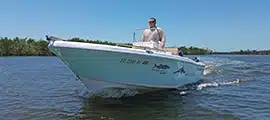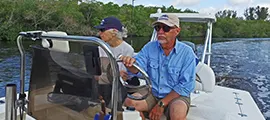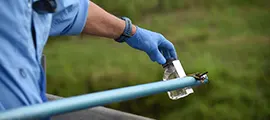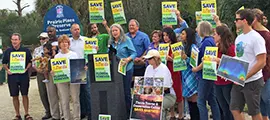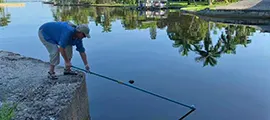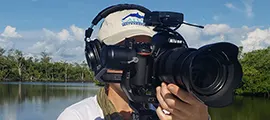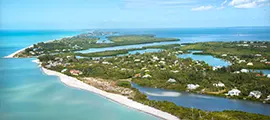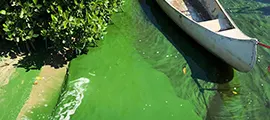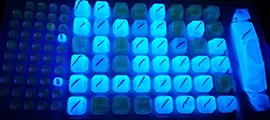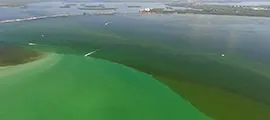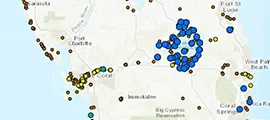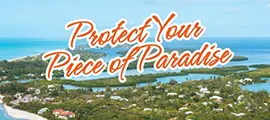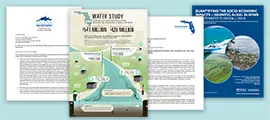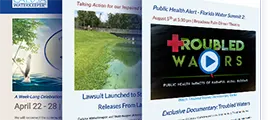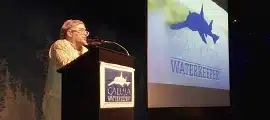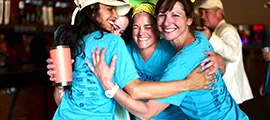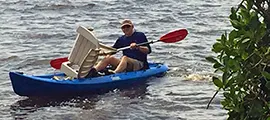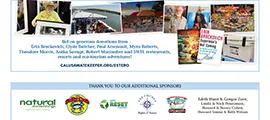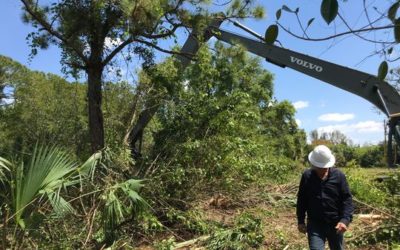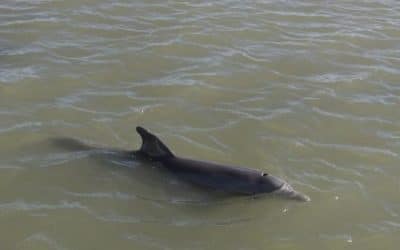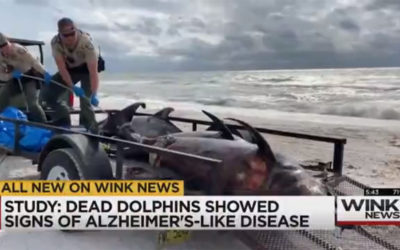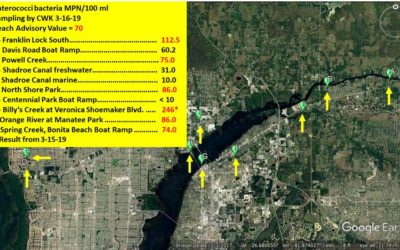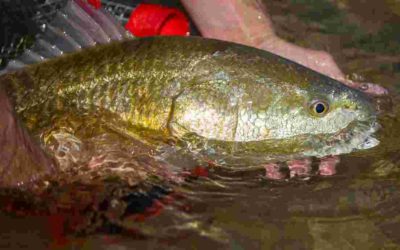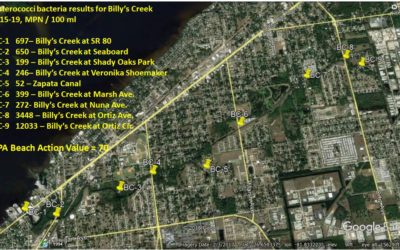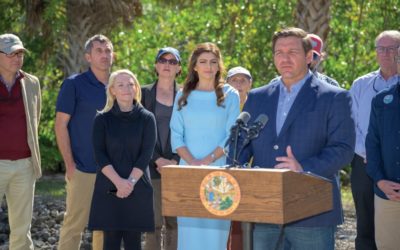Calusa Waterkeeper
In the News
Officials Ready Mullock Creek to Drain Floodwaters, but at what Cost to the Environment?
Mullock Creek in south Lee County flows to Estero Bay and is part of the Outstanding Florida Waters program, named by state statute to be “worthy of special protection because of their natural attributes.” The creek is being cleared of vegetation following disastrous flooding in 2017.
Researchers Find Blue-green Algae Toxin in Dolphins that also have Brain Disease
A toxic blue-green algae that choked the Fort Myers-Cape Coral area last summer has shown up in dolphins with brain disease. Researchers tested 14 stranded dolphins and all but one of the dolphins tested positive for the cyanobacterial neurotoxin known as BMAA as well as brain disease.
New Study Shows Alzheimer’s-like Brain Disease in Dead Florida Dolphins
Toxic blue-green algae hit SWFL hard in 2018. Dolphins washed up on our shores by the dozen. Newly released research by scientists at the University of Miami found dead dolphins poisoned by blue-green algae showed signs of Alzheimer’s-like brain disease.
Enterococci Bacteria Results from Multiple Lee County Sites
Enterococci bacteria results from additional inland Lee County sites taken on 3-16-19.
Red Tide & Blue-Green Algae that Ravaged Region in 2018 not Detected in Gulf or Caloosahatchee
Toxic red tide and blue-green algae outbreaks last year killed millions of pounds of sea life in the Gulf of Mexico and turned much of the Caloosahatchee River into a pea soup of cyanobacteria. Today, both the Gulf and river are clear of any blooms or outbreaks.
Alarming Bacteria Sampling Results from Billy’s Creek
Bacteria sampling results from Billy’s Creek show serious contamination, especially in the upper reaches. The result from station BC-9, near Ortiz Avenue is the highest we have seen since sampling began: 172 times the EPA Beach Action Value of 70 MPN.
Quick Start for Florida Governor Ron DeSantis
Jason Pim, small business owner, Calusa Waterkeeper ranger and commodore of the CMCS sailing club on the Caloosahatchee River: “Gov. DeSantis has come out strong on water quality, so it’s left some environmentalists asking, ‘Who is this guy?’
Florida Delegation Urges Trump to Increase Everglades Funding
Both of Florida’s Republican U.S. Senators say President Trump’s budget doesn’t include enough money for Everglades restoration. The initial budget proposal by the president includes $63 million for Everglades restoration in fiscal year 2020. Florida’s congressional delegation was hoping for $200 million.
Judge Dismisses Caloosahatchee Stakeholders’ Petition
“Once again, the Caloosahatchee estuary is going to get the short end of the stick,” Cassani said. “I mean, we’ve been at this for 18 years … With the empirical evidence presented, it’s maddening that the administrative law judge would not see the shortfall in what the district had revised the rules to.”
Florida Waterkeepers Committed to Protecting Sunshine State Waters
Waterkeepers Florida came together early February for an in-person board meeting to set goals for the 2019 Florida legislative session. They also drafted a letter to newly instated Gov. DeSantis, asking for increased protection for the state’s waterways and offering their expertise to the policy problems.
Calusa Waterkeeper Awarded Southwest Florida Community Foundation Grant
The nonprofit will use the funds from the Southwest Florida Community Foundation to engage with healthcare frontline workers and decision-makers about the effects of the harmful algae blooms that have ravaged the region’s fresh and saltwater since 2017.
Lake Okeechobee Releases Cause Concerns about Water Quality & Algae Blooms
Lake Okeechobee releases started again last week, and the results are a mixed bag for the Caloosahatchee and its delicate estuary. The volume of water is not concerning to many local environmental groups, but they do question the quality of water coming from the big lake.
